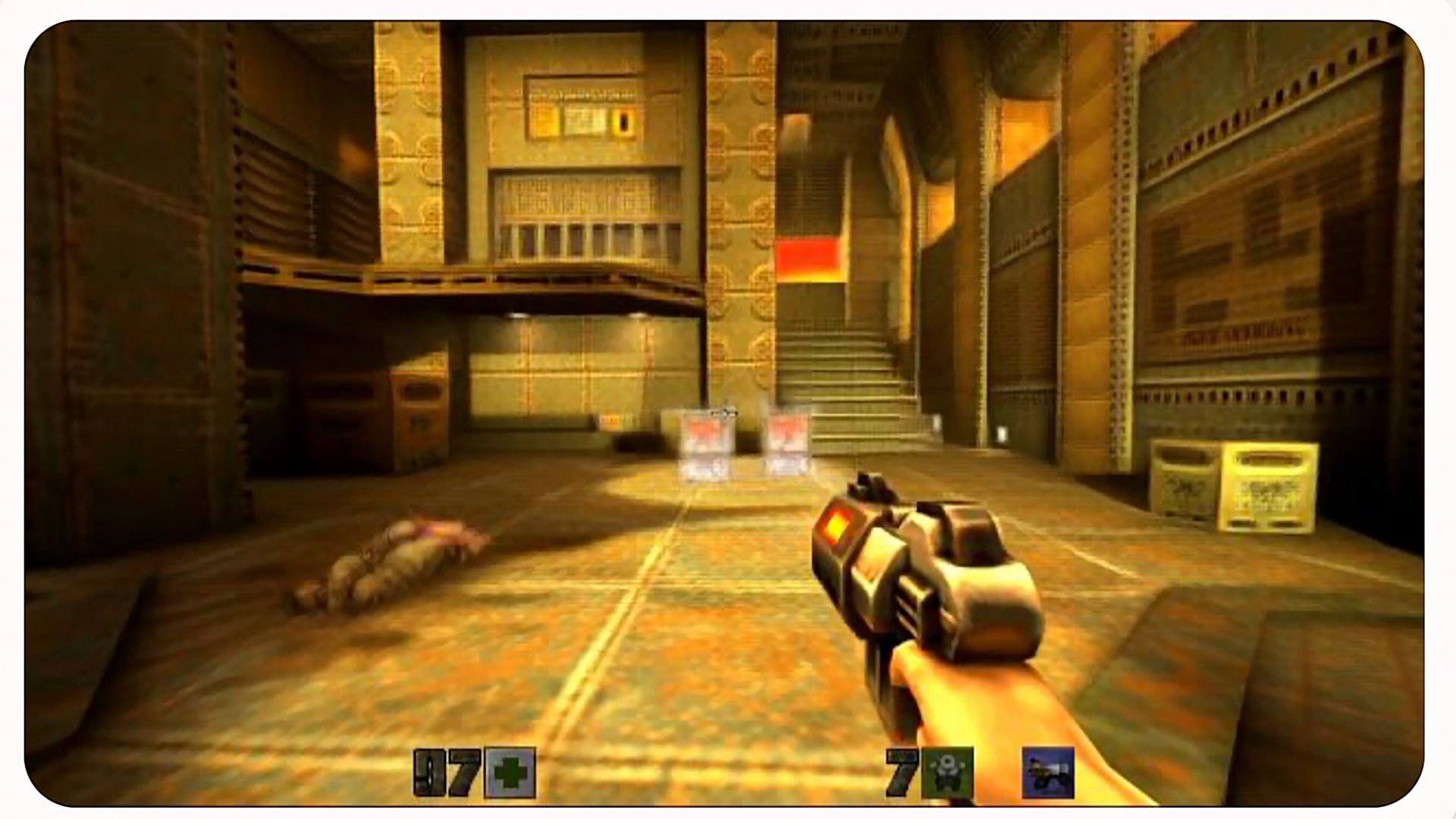Copilot Creates a Playable Version of Quake II from Imagination

Microsoft’s WHAMM Model: A Step Towards Real-Time Generative Gaming
Introduction to WHAMM
Microsoft is showcasing its innovative WHAMM model, which can generate real-time gameplay using technology demonstrated through a version of Quake II. You can actually play this AI-generated adaptation directly in your browser, although it’s mainly a proof of concept with limited entertainment value.
The Rise of Generative Gaming
Generative gaming models are evolving quickly, stirring varied sentiments within the gaming community. Some believe these advancements could revolutionize the industry, while others think it might diminish existing gaming experiences. Recent developments have proven promising; for instance:
- Doom has been integrated into Google’s GameNGen neural model.
- OASIS AI presents an exhilarating generative version of Minecraft playable online.
- In February 2025, Microsoft unveiled the WHAM (World Human Action MaskGIT Model), showcasing advancements that could change gaming.
Improvements in WHAMM
Microsoft’s earlier WHAM-1.6B model garnered attention for its potential but proved impractical, generating a single frame per second at a resolution of 300 x 180. It was built on seven years’ worth of training data just to create a "playable" gaming experience. The WHAMM model, however, has shown remarkable improvements:
- Resolution: WHAMM operates at a resolution of 600 x 340, double that of its predecessor.
- Frame Rate: It can produce images at a minimum of 10 frames per second.
- Training Data: WHAMM successfully reproduced Quake II with only one week of training data.
How WHAMM Works
The breakthroughs in WHAMM’s performance stem from a refined architecture. Unlike traditional models that generate one token at a time (similar to autoregressive large language models), WHAMM’s MaskGIT setup allows it to generate all tokens simultaneously. This means:
- Parallel Processing: Boosts the speed and quality of the output.
- Image Quality: Enhances the visual fidelity and accuracy in predictions.
User Experience and Limitations
Although WHAMM offers technical advances, the gaming experience is still lacking. Players may find the gameplay to be:
- Visual Quality: Graphics appear blurry and smudged.
- Frame Rate Issues: While it presents a better frame rate than the WHAM-1.6B model, the gameplay can feel weighted down by lag.
- In-Game Mechanics: Characters and enemies often flicker or become unrecognizable, primarily due to a “short-term memory” issue common in generative models. Although WHAMM has improved in this area, it still struggles with consistent behavior concerning health, ammo, and enemy visibility.
Challenges in Context Length
By integrating a context length of 0.9 seconds, WHAMM has mitigated some trippy effects observed in other models, like generative Minecraft. However, the need for improvement persists. The model was only trained on the first level of Quake II, and when players reach the elevator at the level’s end, the model freezes, revealing its limitations.
Microsoft’s Vision for the Future
Looking ahead, Microsoft acknowledges that real-time generative AI may offer numerous possibilities for creating new types of interactive media. However, they continue to explore the best ways to apply this technology in gaming.
For those interested in experimenting with this technology, you can play the AI-generated version of Quake II at the Copilot Labs website. The game operates on a timer and resets once it runs out, offering users a brief glimpse into what generative gaming might evolve into.
For further details, you can refer to Microsoft’s official announcement here.






